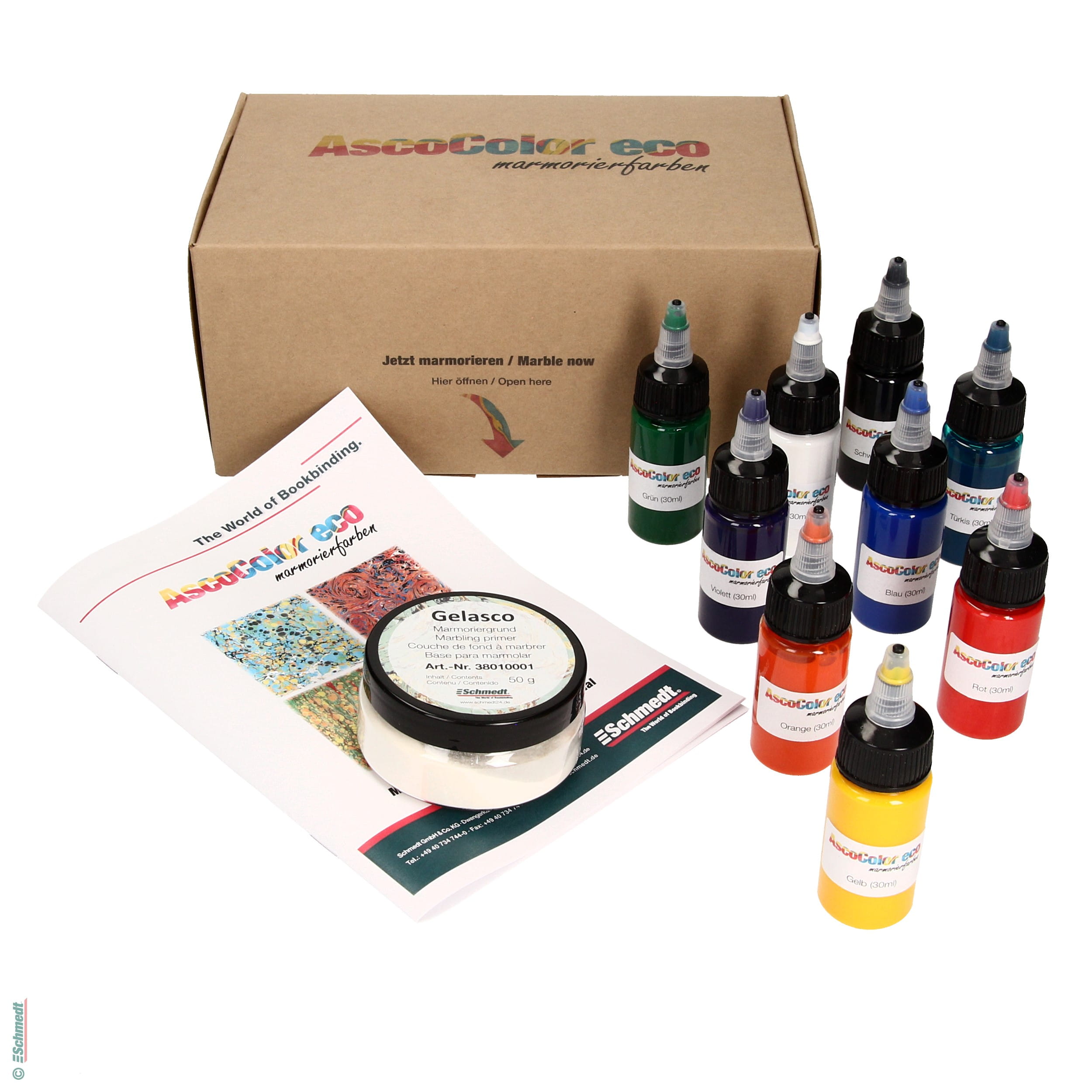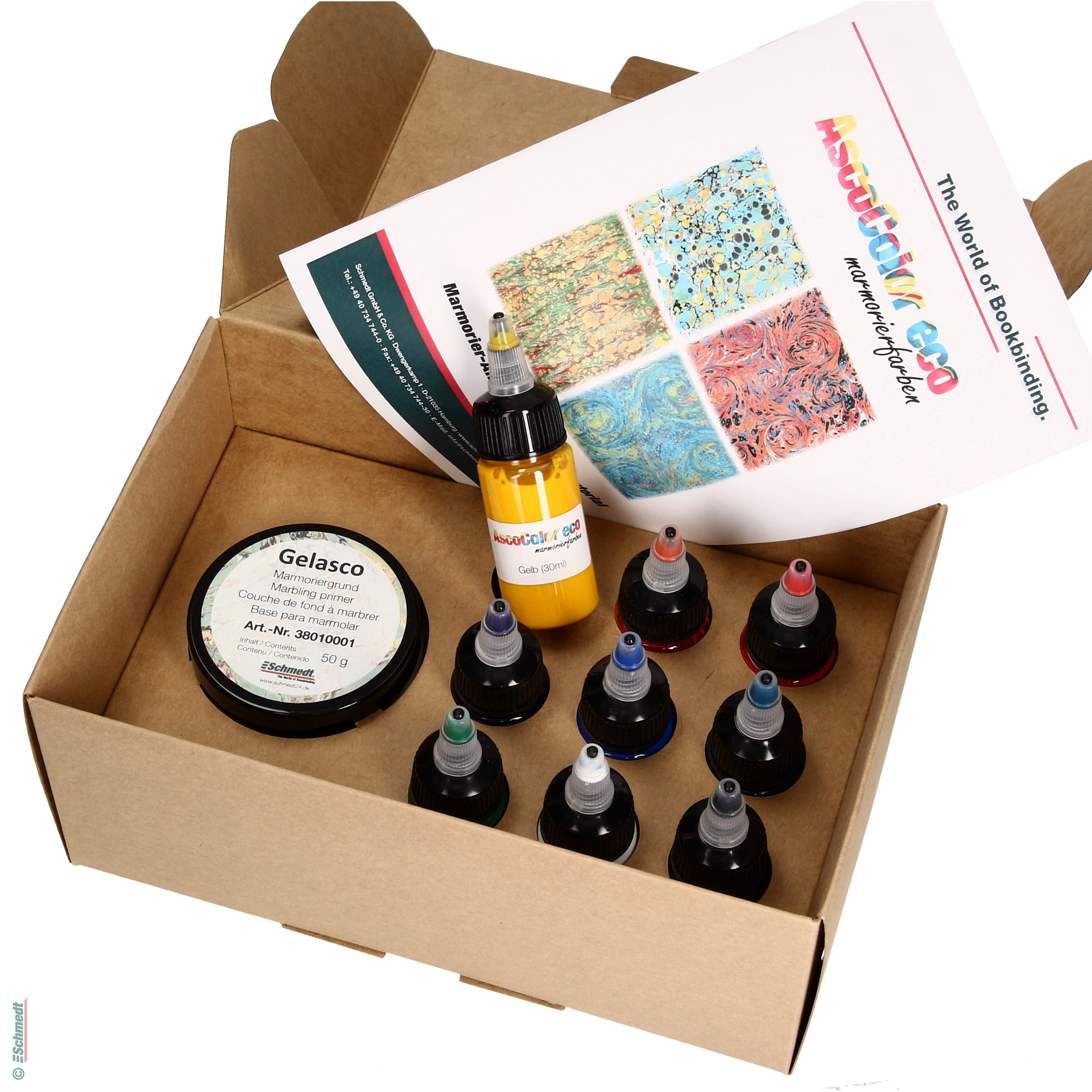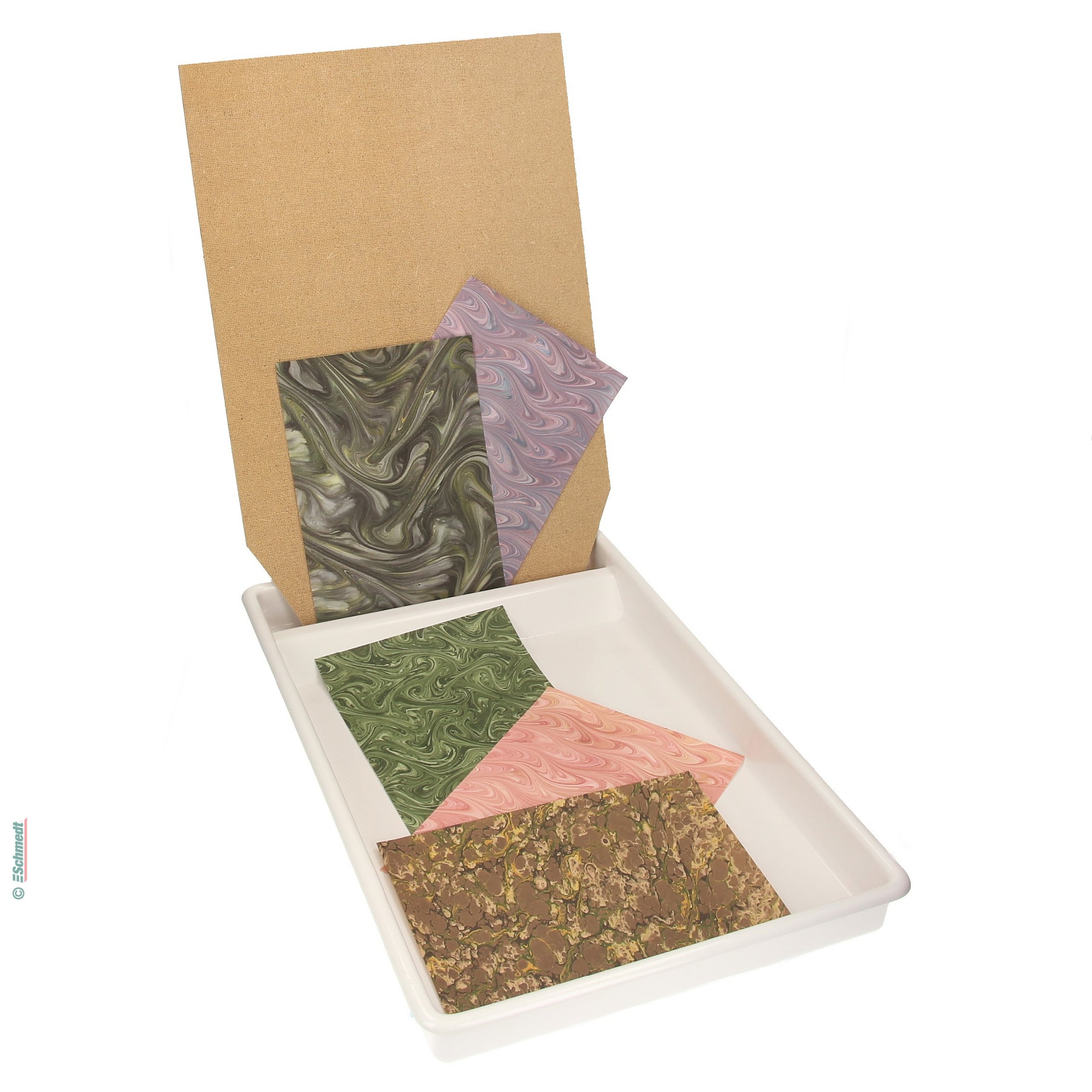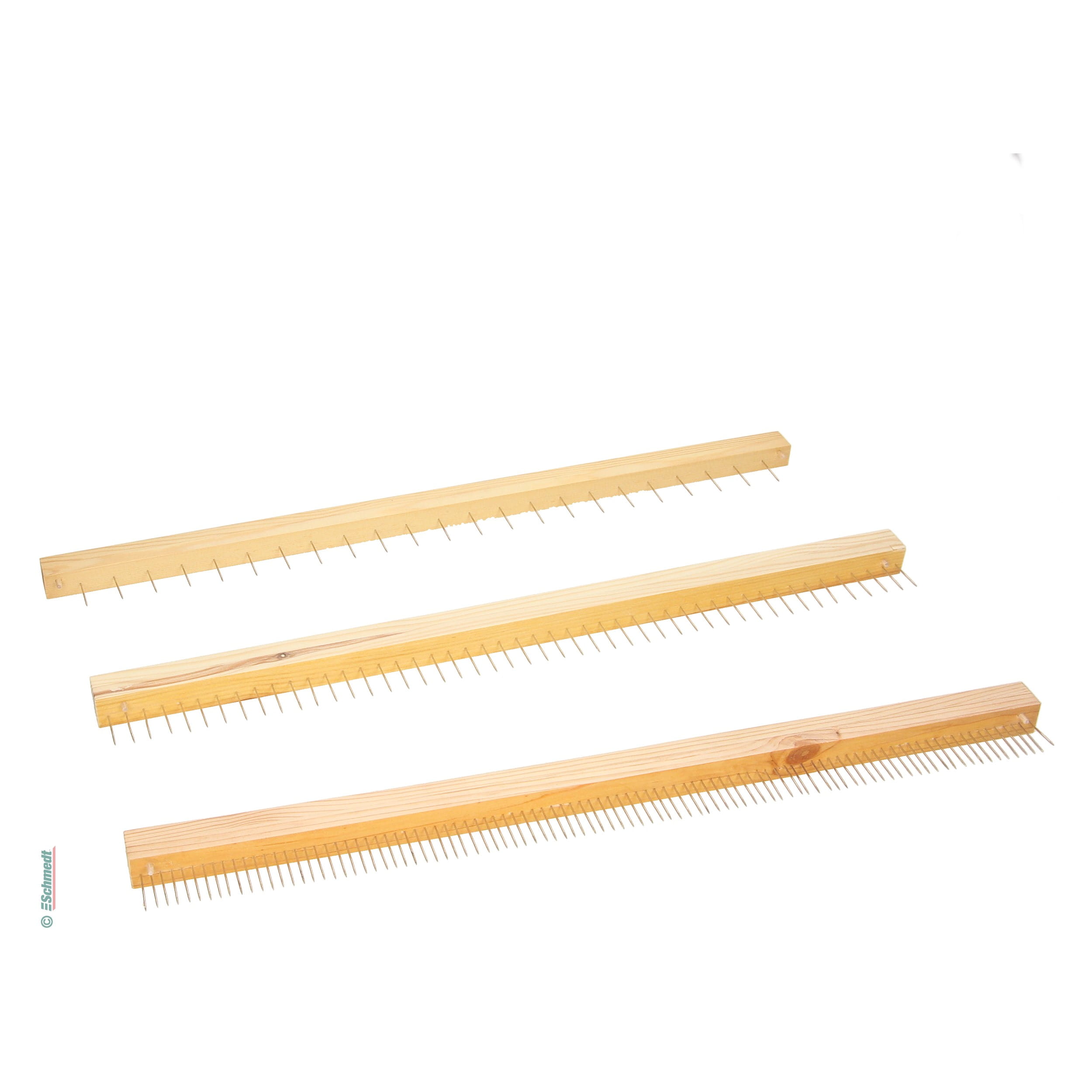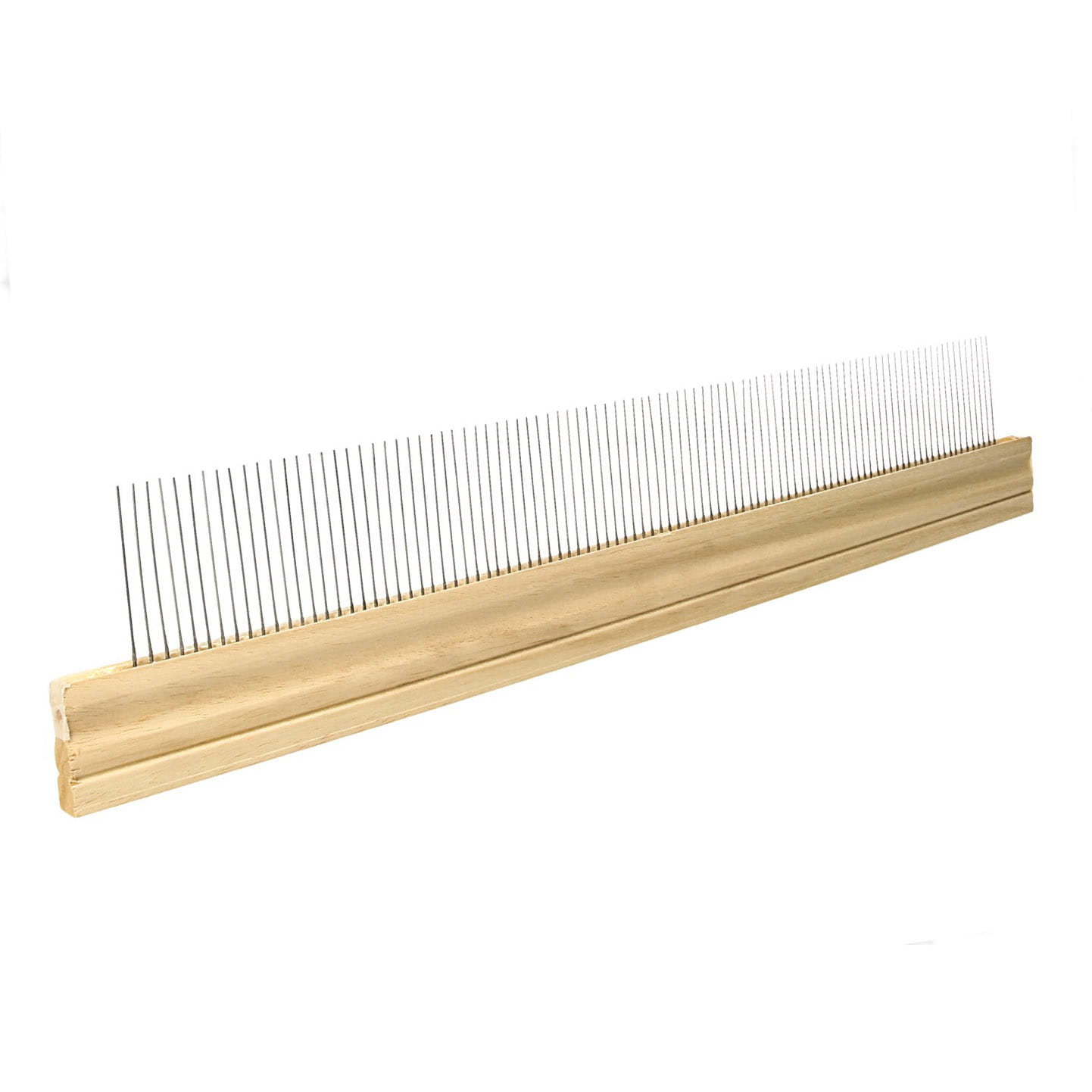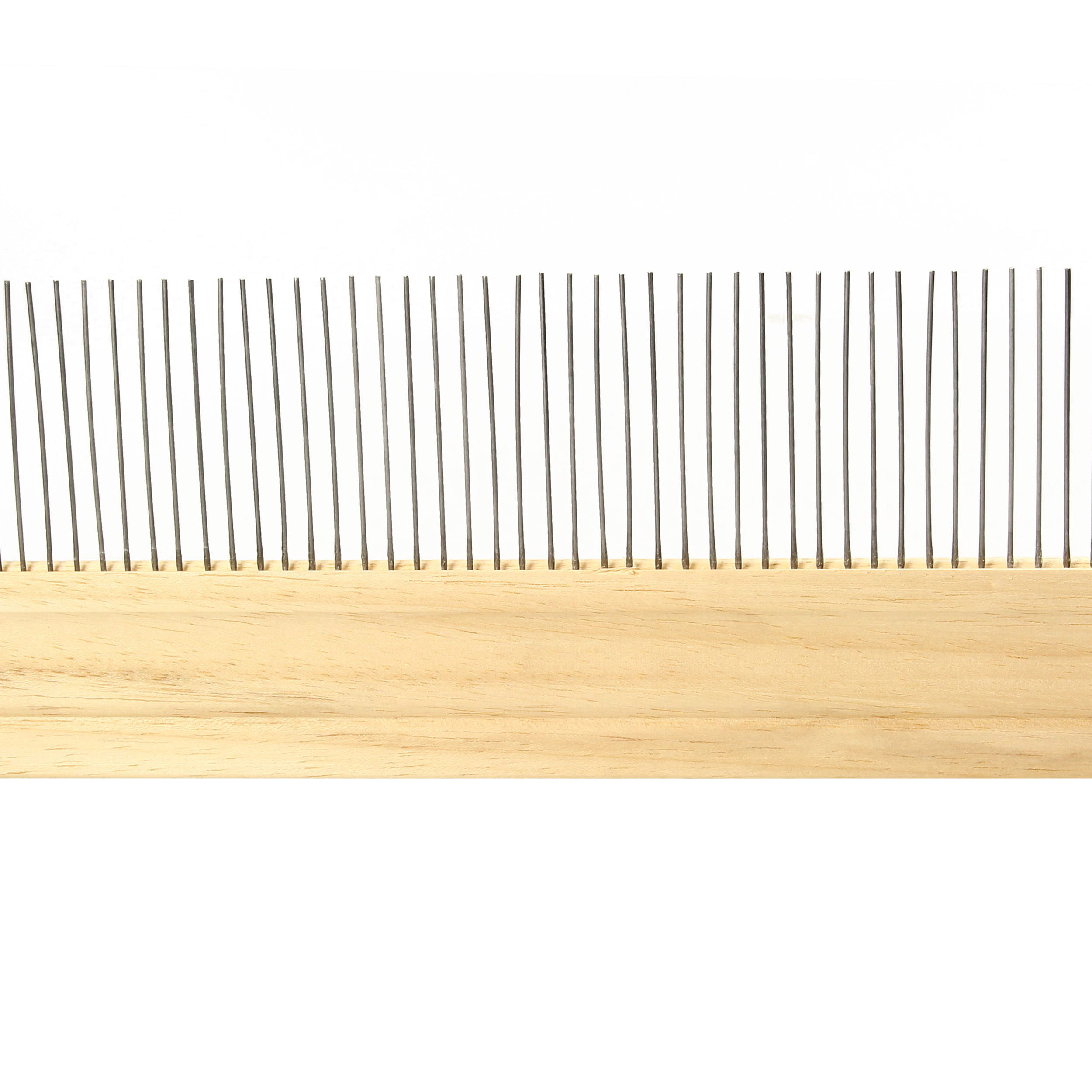Easily marble paper yourself with Ascocolor®
Marble is a limestone that has a special colour structure. When marbling paper, you want to achieve such colour structures or marble effects and capture them on paper. For DIY enthusiasts, this is also possible at home and not many tools are required. The special thing about marbling paper is that the marble effect looks different every time, each piece of paper being unique. The good thing is, anyone with a little patience and enjoyment can actually learn how to marble paper.
Featured products
In stock, deliverable at short notice
In stock, deliverable at short notice
In stock, deliverable at short notice
In stock, deliverable at short notice
In stock, deliverable at short notice
In stock, deliverable at short notice
Register for newsletter
Sign up for our newsletter and receive all our news and offers by e-mail.

